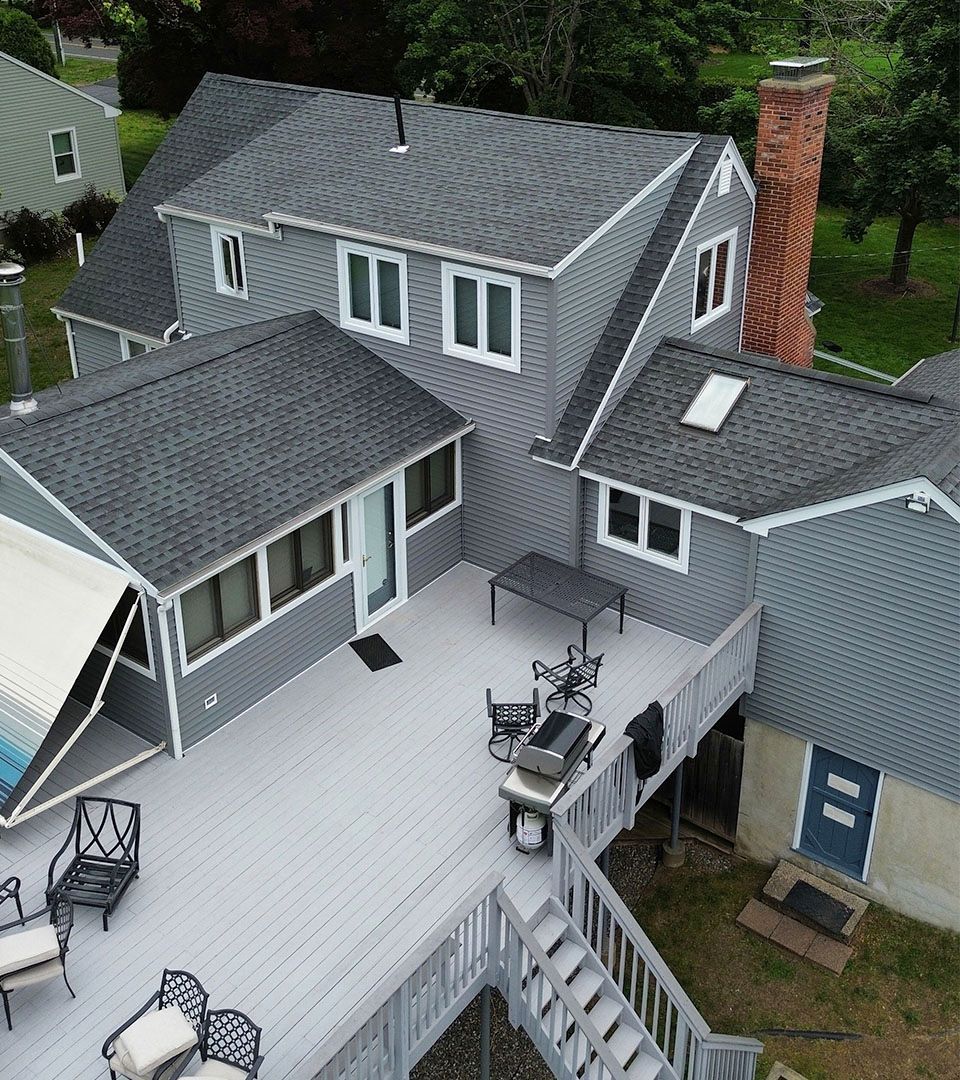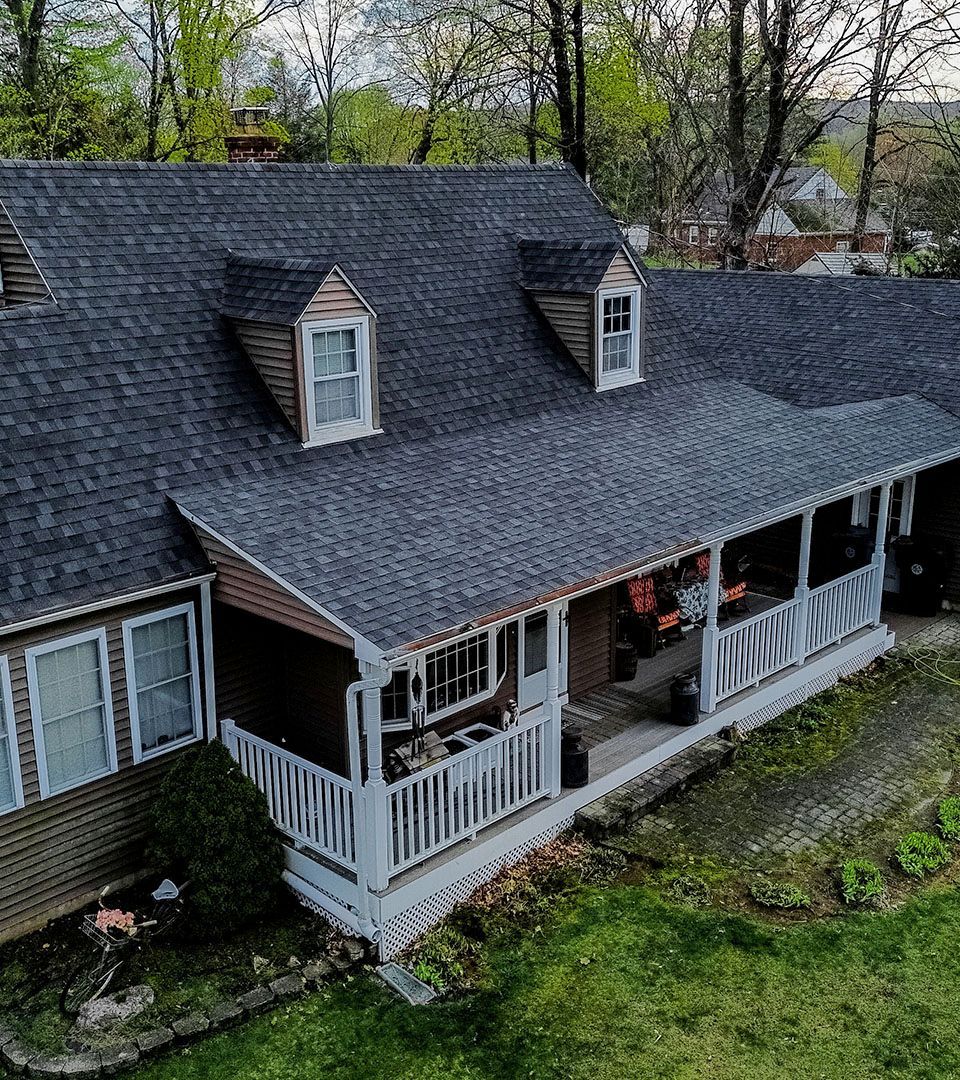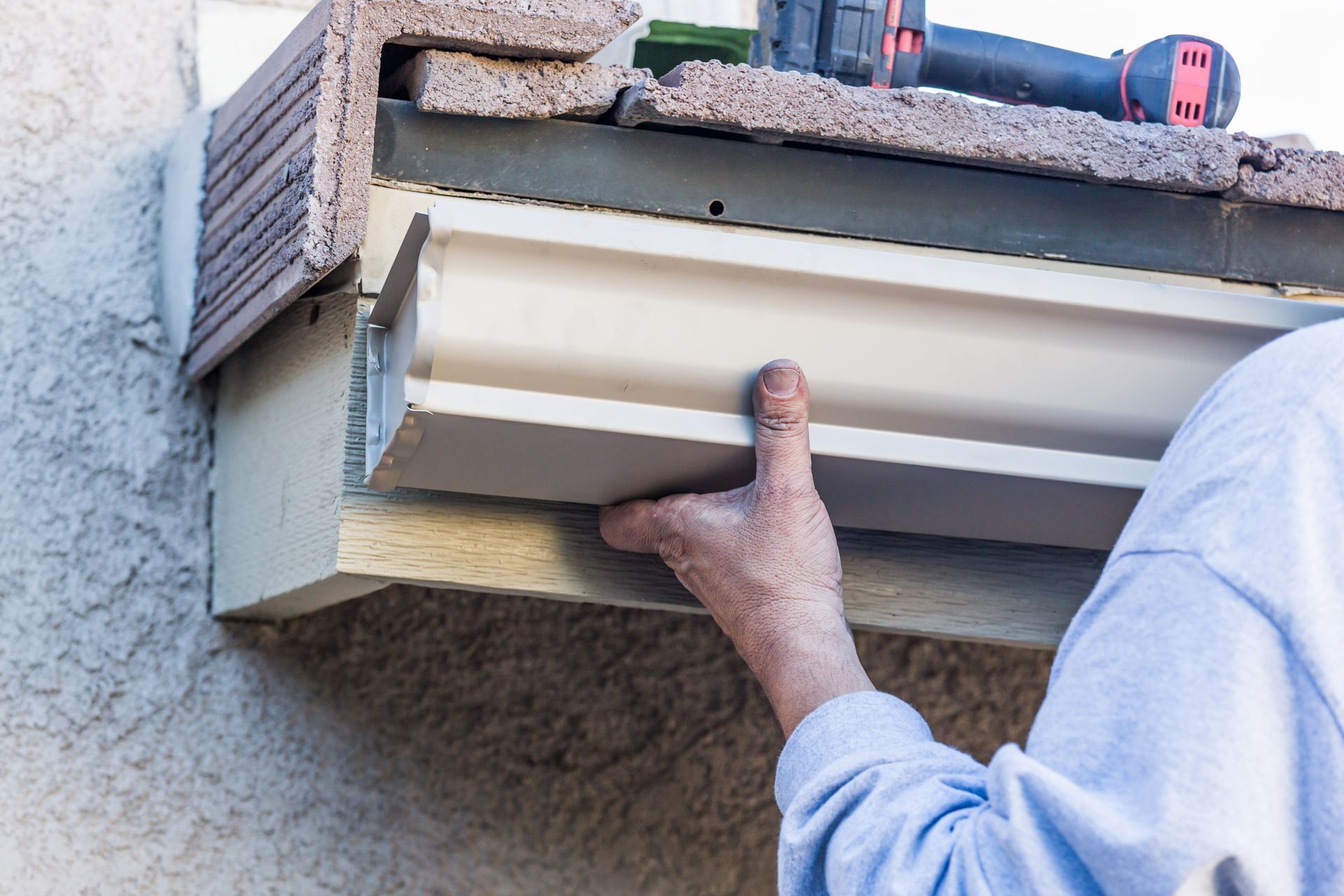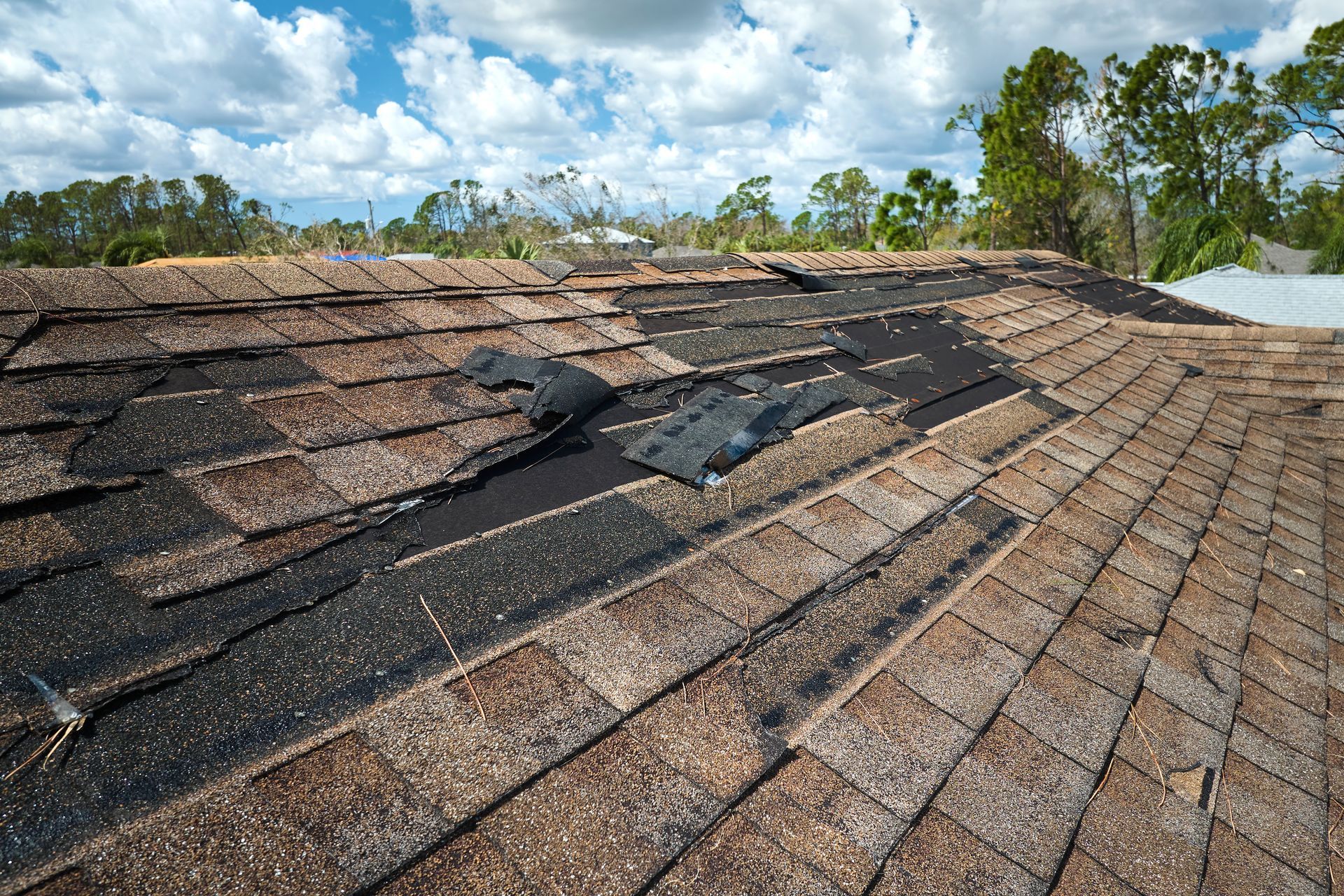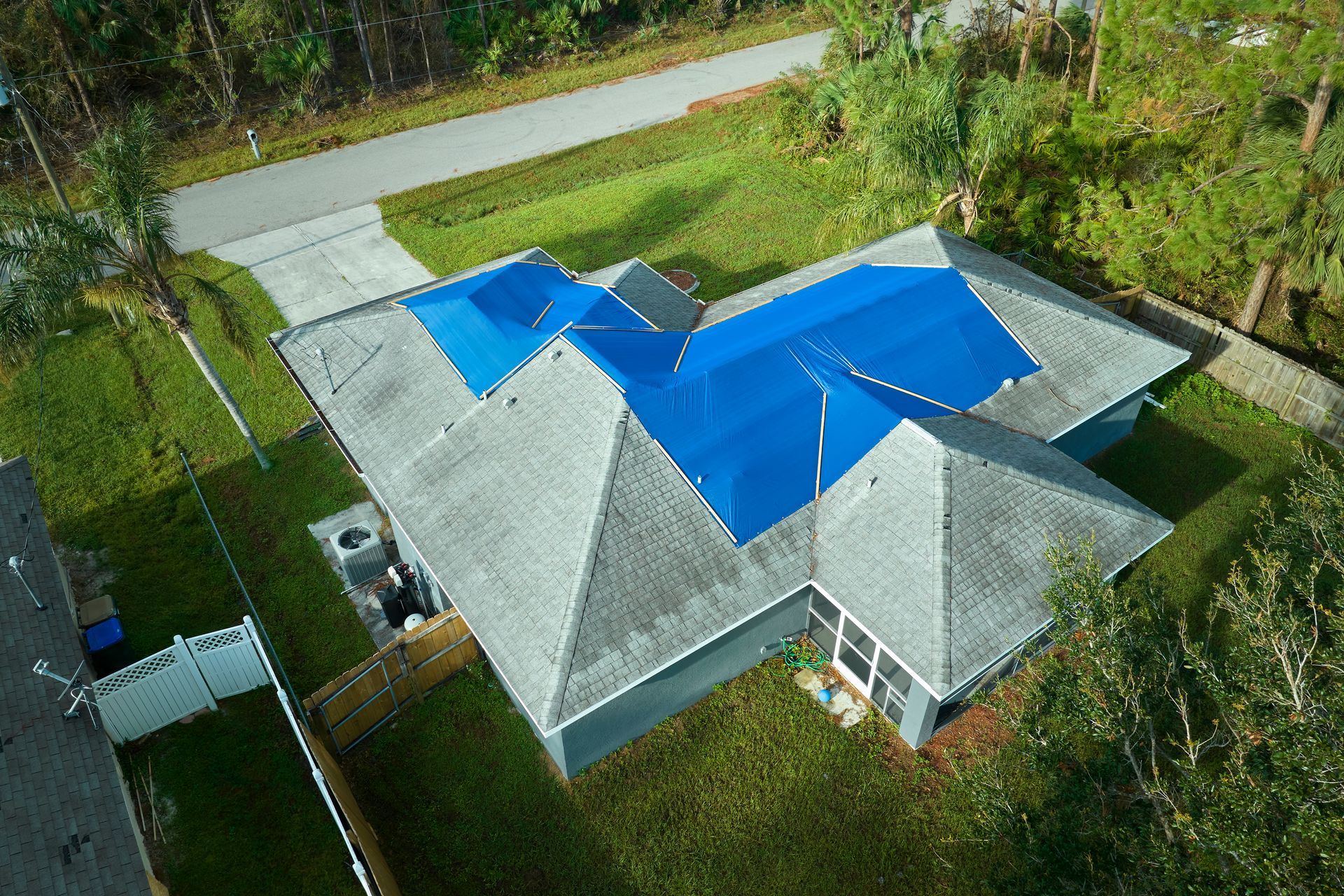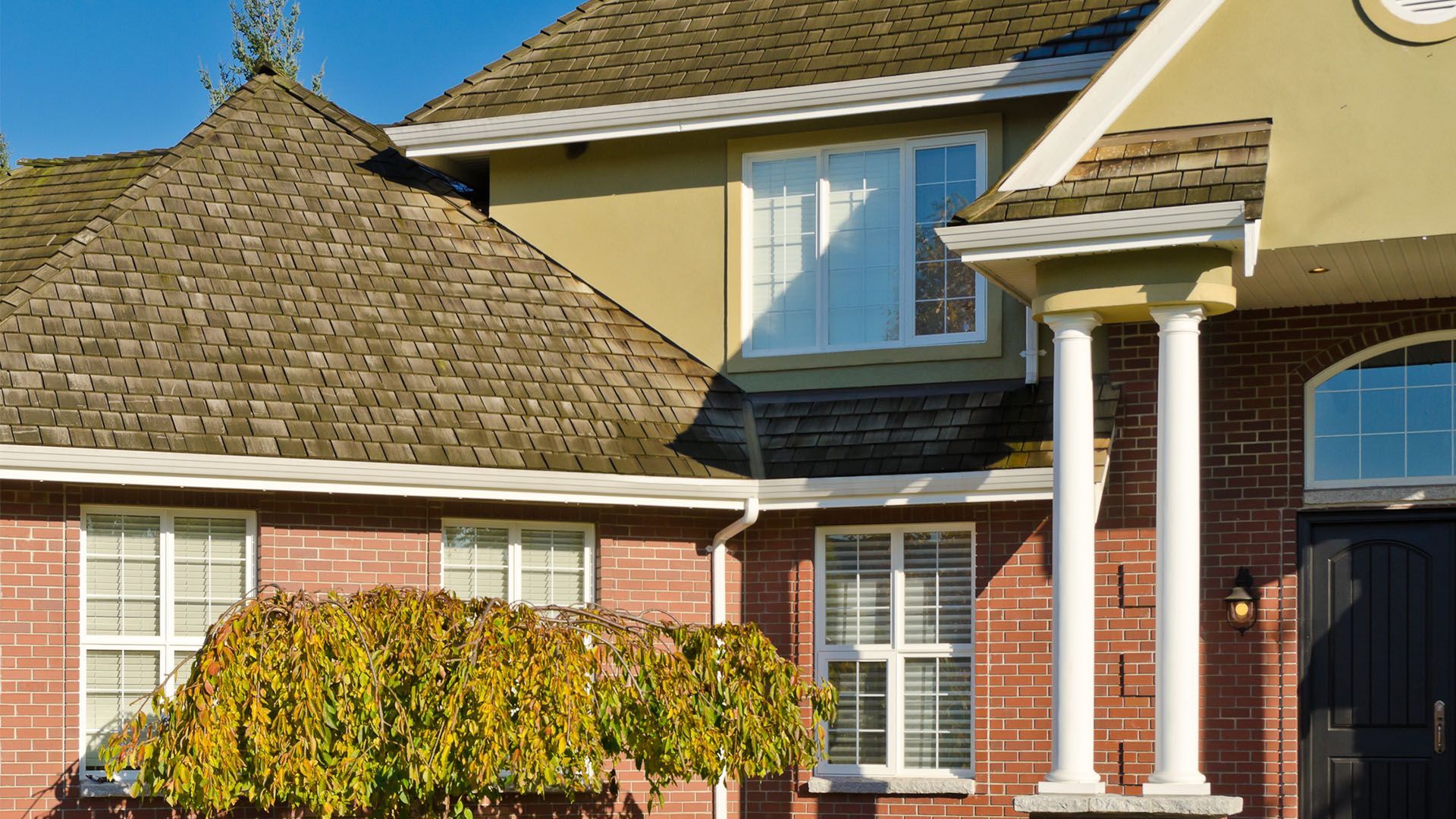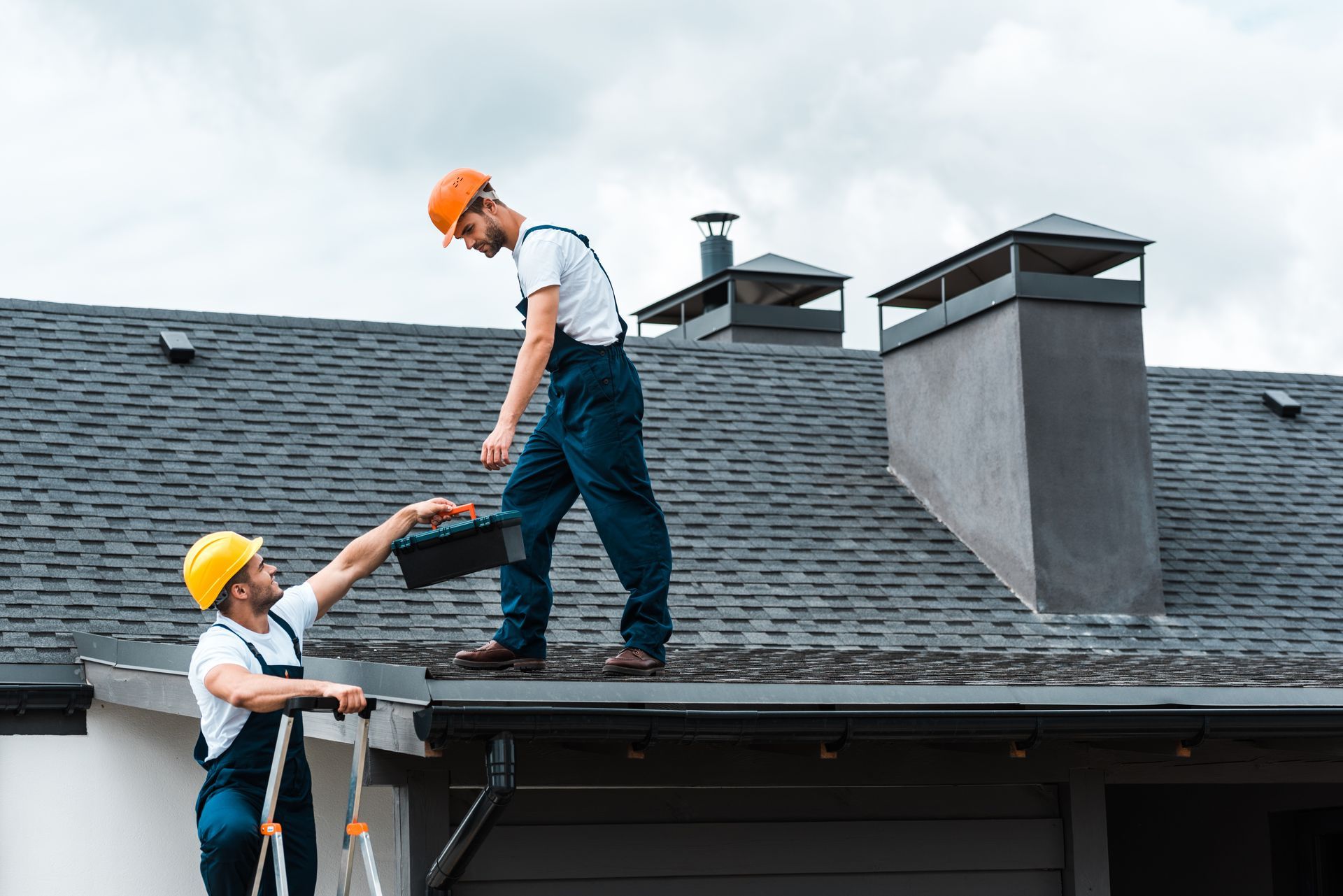What Is the Edge of a Roof Called? Eaves vs. Rakes vs. Fascia Explained

If you’ve ever looked up at your home and wondered, “What is the edge of a roof called?” you’re not alone. The short answer: different edges have different names—eaves, rakes, fascia, soffit, and drip edge—and each part plays a role in keeping your home dry, ventilated, and looking sharp.
Quick Answer (Featured Snippet)
- The lower
horizontal
edge that overhangs the walls is the
eave (aka the
roof overhang).
- The
sloped edge along a gable end is the
rake (also called a
verge; a decorative
bargeboard can cover it).
- The vertical finishing board you see at the edge is the
fascia board—it caps the rafter tails and supports
gutters.
- The underside of the overhang is the soffit (solid or vented panels).
- The
drip edge is the metal flashing that protects the roof decking at the perimeter and guides water away from the fascia and into the gutter.
Roof Edge Anatomy (at a glance)
Picture a simple diagram of a gable roof labeled with: eave, rake/verge, fascia, soffit, drip edge, gutter/gutter apron, roof rafters, and roof decking. These components work together to shed water, resist wind, and ventilate the attic.
Where Each Edge Lives on Different Roof Styles
- Gable roofs: Eaves run along the bottom;
rakes climb the sloped
gable end.
- Hip roofs: You’ll see
eaves on all sides; there are no true rakes since all edges slope down to the walls.
- Flat/low-slope roofs: Overhangs are minimal; metal edge trims and parapet cap flashings protect the roof edge.
Components in Plain English
Eave (Overhang)
The eave is the part that sticks out beyond the wall. It directs rainwater away from the siding and foundation, provides shade, and—when paired with vented soffit—lets fresh air enter the attic to reduce moisture and heat buildup.
Rake / Verge (Gable Edge)
This is the sloped edge on a gable roof. A clean, well-protected rake resists wind-driven rain and helps prevent shingle lift. In some regions you’ll hear “verge.” A bargeboard is a decorative/covering board at this edge.
Fascia Board
The fascia is the vertical trim board at the edge. It caps rafter tails, gives a clean finish, and provides a sturdy mounting surface for gutters. Materials include primed wood, aluminum-wrapped wood, or maintenance-friendly PVC.
Soffit
The soffit is the finished surface on the underside of the eave. Vented soffit panels are intake vents that work with ridge vents to keep air moving through the attic—crucial for shingle life and mold prevention. Solid soffit is used where ventilation isn’t required.
Drip Edge & Gutter Apron
Drip edge flashing is the unsung hero: a small “L” or “T” shaped metal that shields the roof edge and channels water into the gutter instead of behind it. At the eave, many pros use a gutter apron profile that overlaps into the gutter trough.
Gutters & Downspouts (Related)
These aren’t part of the roof per se, but they’re mounted to the fascia and must integrate correctly with the drip edge to prevent staining, rot, and overflow.
Materials & Profiles
- Metals: Aluminum (lightweight, corrosion-resistant, most common), galvanized steel (tough, paintable), and copper (premium look, long life).
- Composites/Plastics: PVC/UPVC soffit and fascia boards offer low maintenance and clean lines.
- Drip Edge Shapes: Standard D-metal, extended gutter apron, and high-back profiles. The right choice depends on shingle style, underlayment, and gutter configuration.
- Finishes: Factory colors to match siding/trim; painted wood or wrapped fascia for a unified look.
Installation Best Practices
- Layering order at eaves: Ice/water barrier (where required), underlayment, then
drip edge that laps over the underlayment at the rake and under it at the eave (to direct water outward).
- Fasteners: Corrosion-resistant nails or screws sized for the substrate; consistent spacing prevents wave and lift.
- Ventilation: Pair
vented soffit (intake) with ridge or roof vents (exhaust) for balanced airflow.
- Seams & Corners: Overlap and seal drip edge components correctly to avoid capillary leaks.
Common Roof-Edge Problems (and what they signal)
- Rotten fascia or soffit:
Often from clogged gutters, missing drip edge, or chronic overflow.
- Water streaks behind gutters: Likely missing or misaligned
gutter apron/drip edge.
- Wavy/racked gutters & frequent overflow: Undersized gutters, improper slope, or loose hangers at the
fascia.
- Ice dams at the eave: In cold climates, look at attic insulation/ventilation and eave protection.
- Shingle overhang issues at rakes: Too short invites wind-driven rain; too long can sag and crack.
Repair vs. Replace
Choose repair when isolated sections of fascia/soffit are damaged or when a short run of drip edge has failed. Go for replacement when you see widespread rot, sagging gutters along long runs, or you’re already planning a re-roof—this is the ideal time to upgrade flashing, add vented soffit, and standardize profiles and colors.
Costs & What Affects Them
Pricing depends on linear footage, material type (wood vs. aluminum vs. PVC), height and access, paint/wrap needs, debris disposal, and whether work is bundled with a new roof or gutter project. Combining projects often reduces per-foot costs and ensures everything ties together cleanly.
Codes & Local Considerations
Many jurisdictions require drip edge at both eaves and rakes on shingle roofs, with specific lap and fastener guidelines. Climate matters, too: snow/ice regions lean on robust eave protection and ventilation; coastal/windy areas focus on secure rakes and corrosion-resistant metals. Your local contractor will confirm the details for your home and municipality.
Glossary
Eave (roof overhang), Rake/Verge (sloped gable edge), Bargeboard (decorative rake cover), Fascia board (vertical edge board supporting gutters), Soffit (underside of eave), Drip edge/Gutter apron (metal flashing at perimeter), Gable end, Roof rafters, Roof decking, Roof edge.
Not sure what edge you have?
Book a free roof-edge inspection with Carden Home Improvement. We’ll identify your eaves, rakes, fascia, soffit, and drip edge, then give you clear options—repair, replacement, or upgrades.
Helpful next reads: roof replacement, gutter installation, and fascia/soffit services.
Frequently Asked Questions
Is the roof overhang the same as the eave?
Yes. “Roof overhang” is the common term; “eave” is the trade term for that horizontal edge.
Do I need a drip edge if I have gutters?
Yes. Gutters catch water; drip edge protects the roof edge and ensures water goes into the gutter— not behind it.
What’s the difference between a rake and a verge?
They refer to the same sloped gable edge. “Verge” is more common in some regions; “rake” is widely used in North America.
Can I add vented soffit without replacing the roof?
Often, yes. Many homes can retrofit vented soffit and baffles from the eave without disturbing shingles.
What is a bargeboard and do I need one?
A bargeboard is a board covering the rake on a gable end. It’s partly decorative, partly protective; not every home uses one.
